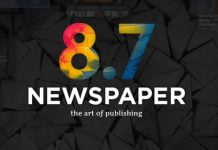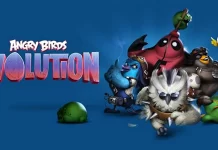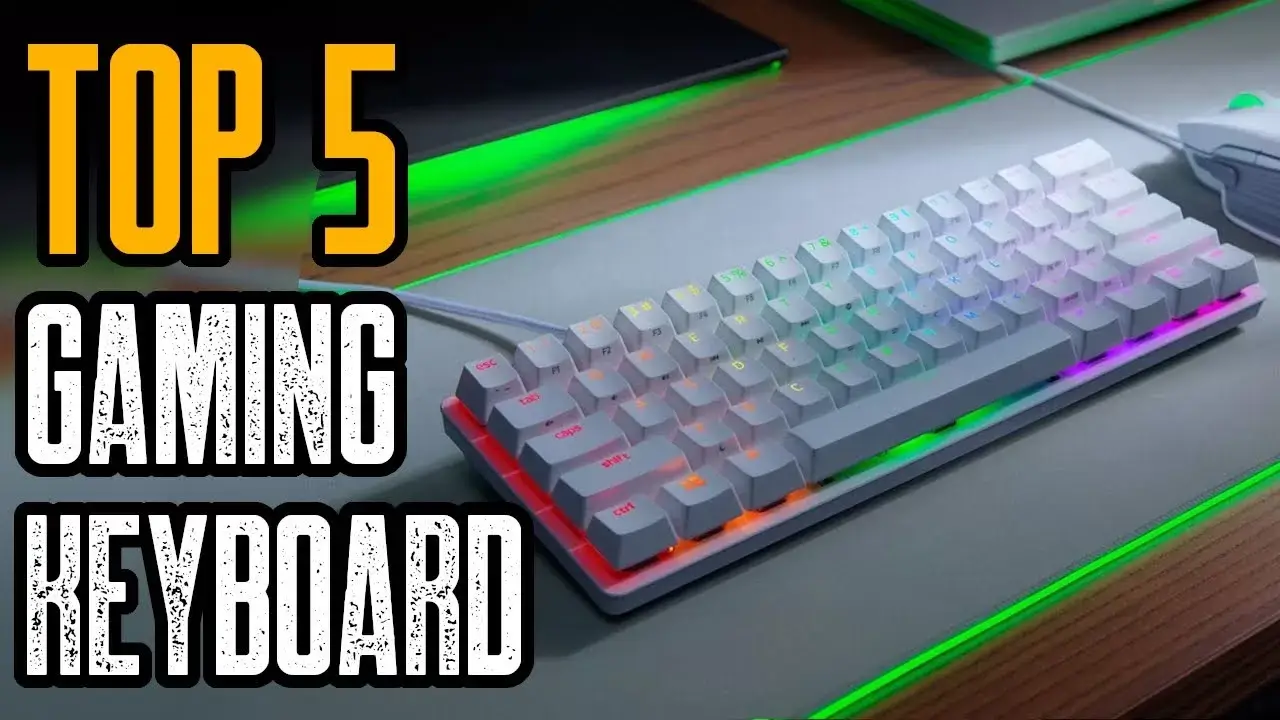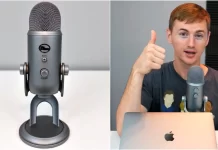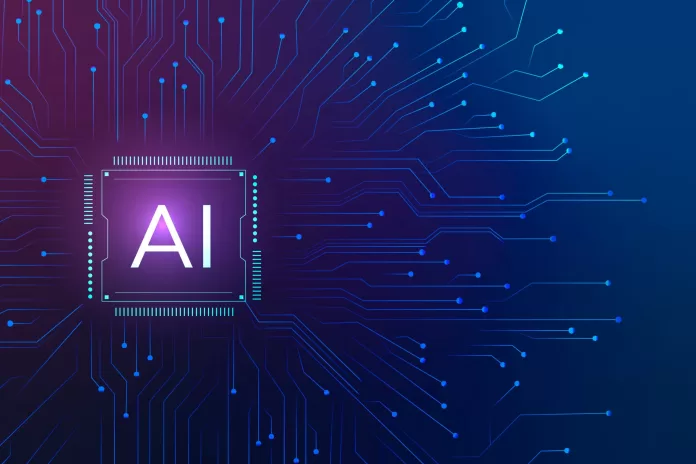Artificial intelligence (AI) and machine learning have the potential to transform many industries and change the way we live and work. One area where AI is having a significant impact is in the arts, where it is being used to create new forms of art and to enhance existing ones. In this article, we will explore the intersection of AI and creativity and how machine learning is impacting the arts.
One way that AI is being used in the arts is through the creation of new forms of art. For example, AI algorithms can be trained to generate music, poetry, and visual art. This has the potential to expand the boundaries of what is considered “art,” and to allow for the creation of new and unique works that would not be possible through traditional methods.
AI is also being used to enhance existing art forms. For example, AI algorithms can be used to analyze and classify different styles of music, which can help music creators and curators to find new and interesting artists. AI can also be used to analyze and classify visual art, which can help art curators and collectors to discover new talent.
In addition to creating and enhancing art, AI is also being used to analyze and study art. For example, AI algorithms can be used to analyze patterns and trends in art over time, which can help researchers and scholars to better understand the development of different art forms. AI can also be used to identify and classify different art styles, which can help to shed light on the influences and inspirations behind different works of art.
While AI has the potential to bring significant benefits to the arts, it is important to recognize that it also has limitations. One of the main limitations of AI is that it can struggle with tasks that require complex problem-solving or creative thinking. While AI algorithms can be trained to recognize patterns and make decisions based on that data, they may not be able to come up with novel solutions to problems in the same way that humans can.
Another limitation of AI is that it can be expensive to implement and maintain. While the costs of AI technology are decreasing over time, it can still be cost-prohibitive for some organizations to adopt. Additionally, AI systems require regular maintenance and updates to ensure that they continue to function correctly, which can also be costly.
Despite these limitations, it is clear that AI has the potential to transform the arts in significant ways. As AI continues to evolve, it will be interesting to see how it shapes the future of art and creativity.
If you have any questions, feel free to ask in the comments below. I try my best to respond to every comment that comes my way. If for any reason you don’t get a response, feel free to ask me on Twitter, and Facebook, and if you want to follow me on those social media links as well to see different pictures and just talk about different things going on in the tech world.




